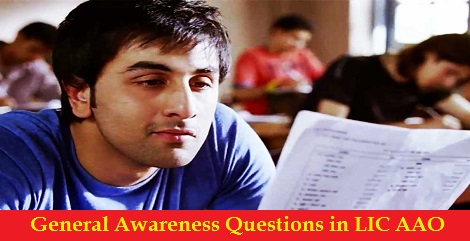Hello Aspirants,
Welcome to Online Reasoning Test in AffairsCloud.com. We are starting LIC AAO Course 2016 and we are creating sample questions in Reasoning section, type of which will be asked in LIC AAO 2016 !!!
- Click Here to View Stratus: LIC AAO 2016 Course
- LIC AAO 2016: Reasoning Test
- LIC AAO 2016: Quants Test
- LIC AAO 2016: General Awareness Test
- LIC AAO 2016: Computer Awareness Test
- LIC AAO 2016: English Test
Help:- Share Our LIC AAO 2016 Course page to your Friends & FB Groups

_____________________________________________________________________
[WpProQuiz 89]
_____________________________________________________________________
Note:- We are providing unique questions for you to practice well, have a try
AffairsCloud Recommends Oliveboard Mock Test
AffairsCloud Ebook - Support Us to Grow
Govt Jobs by Category
Bank Jobs Notification




